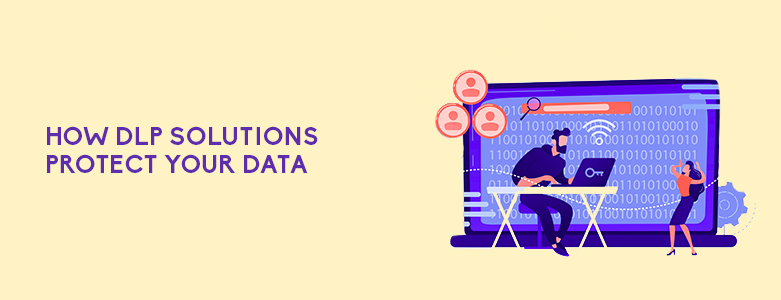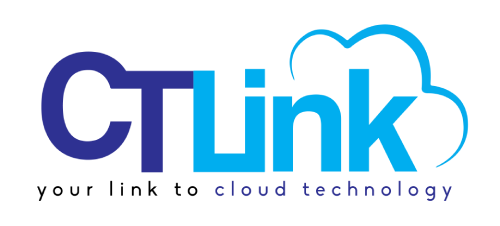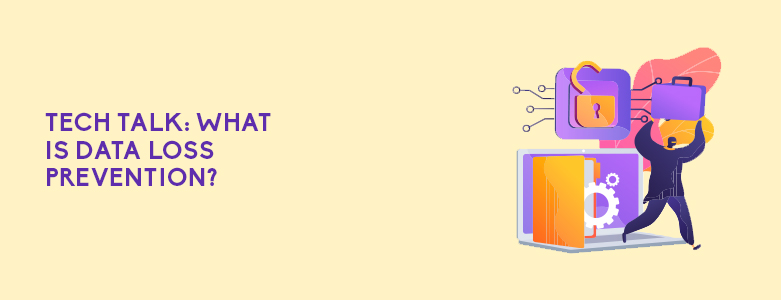As we slowly emerge from the global pandemic, the transition to return to the office have been steadily happening. However, even as we return to the office, working remotely is something that will not be going away anytime soon. With many offices opting to implement a hybrid work setup, data will inevitably be move outside your network perimeter. This has again brought up the issue of Data Loss Prevention (DLP) within many companies in the Philippines.
The term DLP has become a common way to refer to anything related to loss of data. However, data loss is more covered by backup or BCDR solution providers that can help you recover data. Then what do DLP solution providers help solve and why is it finding relevancy now as hybrid work is becoming popular?
How DLP Solutions Protect your Data

Data breaches spiked up during the pandemic due to the fact that many were still adapting to remote work. However, it was not just because of the increase of cyber-attacks like phishing or ransomware, insider threats and user error were also leading causes. It was estimated in 2020, that 23% of data breaches was caused by company users (either by accident or maliciously). This is also why data compliance regulations such as the General Data Protection Regulation Act of the European Union (GDPR) or the Philippine Data Privacy Act of 2012 (DPA) are becoming stricter and increasing their fines.
DLP solutions from Forcepoint help businesses comply with rapidly evolving regulations and help prevent the loss of data from insider threats. They do this through first identifying what data needs to be protected within the organization. An example of this would be banks protecting sensitive information like credit card numbers. By creating policies based on credit card number formats, the DLP solution can then filter and monitor files that go through it and see how they are being used. The DLP solution can then alert you once data containing sensitive information is either:
- Being sent through an email
- Copied to an unauthorized external hard drive
- Uploaded to the Cloud
- Being shared through a Web browser
DLP Solutions can also keep track of files that contain sensitive data is changed. If someone from inside the company renames a file with sensitive data before moving it from the above methods, the DLP solution can save that event. So in the case of misuse of data, your company has proof to show. Besides monitoring, DLP solutions can also prevent the loss or leakage of data through its policies so that accidental or malicious loss can be stopped before it happens.
To learn more about DLP solutions like Forcepoint, you may contact us at marketing@ctlink.com.ph to learn more!

